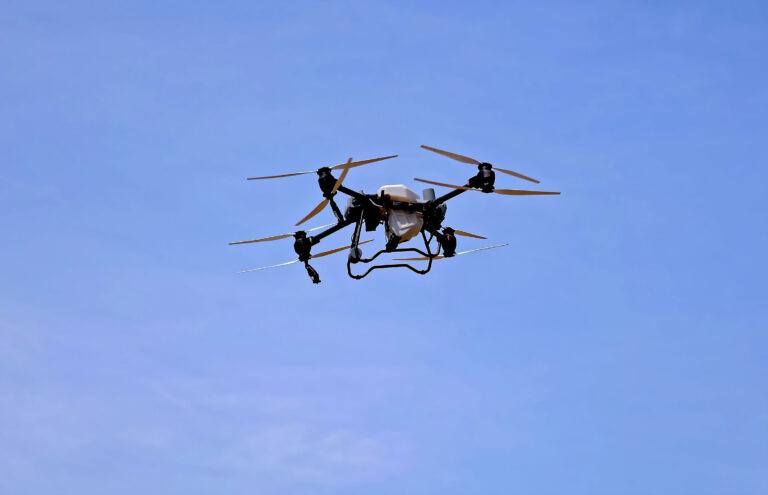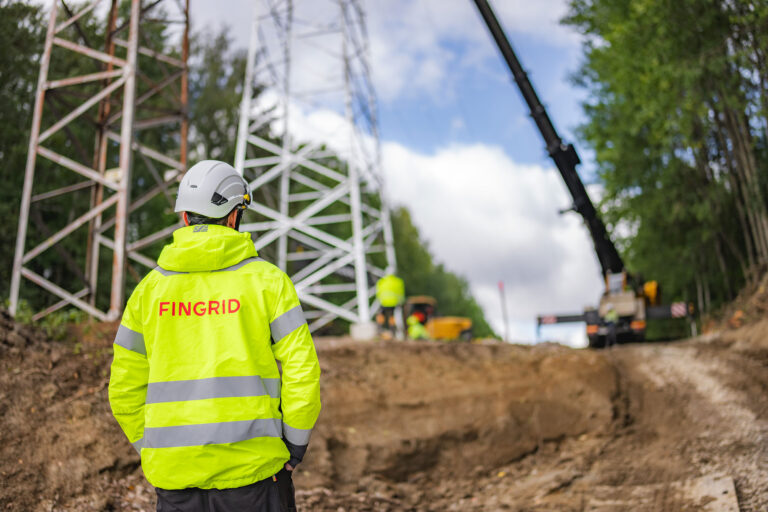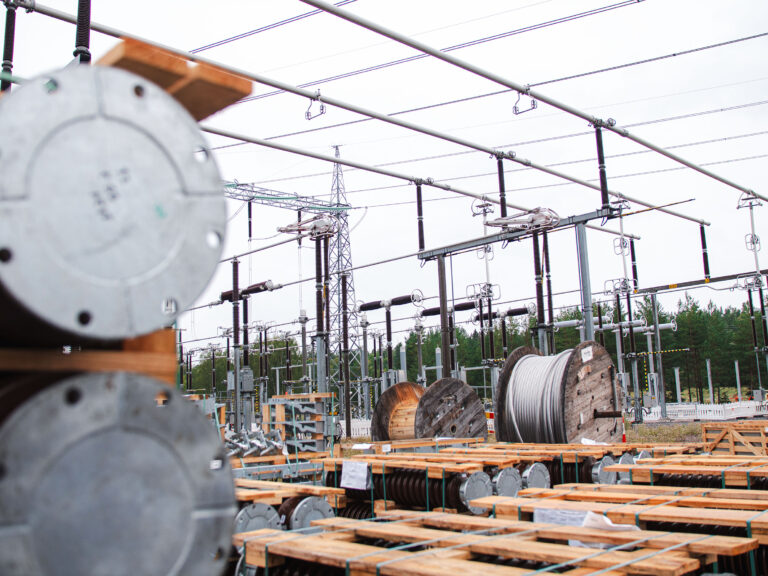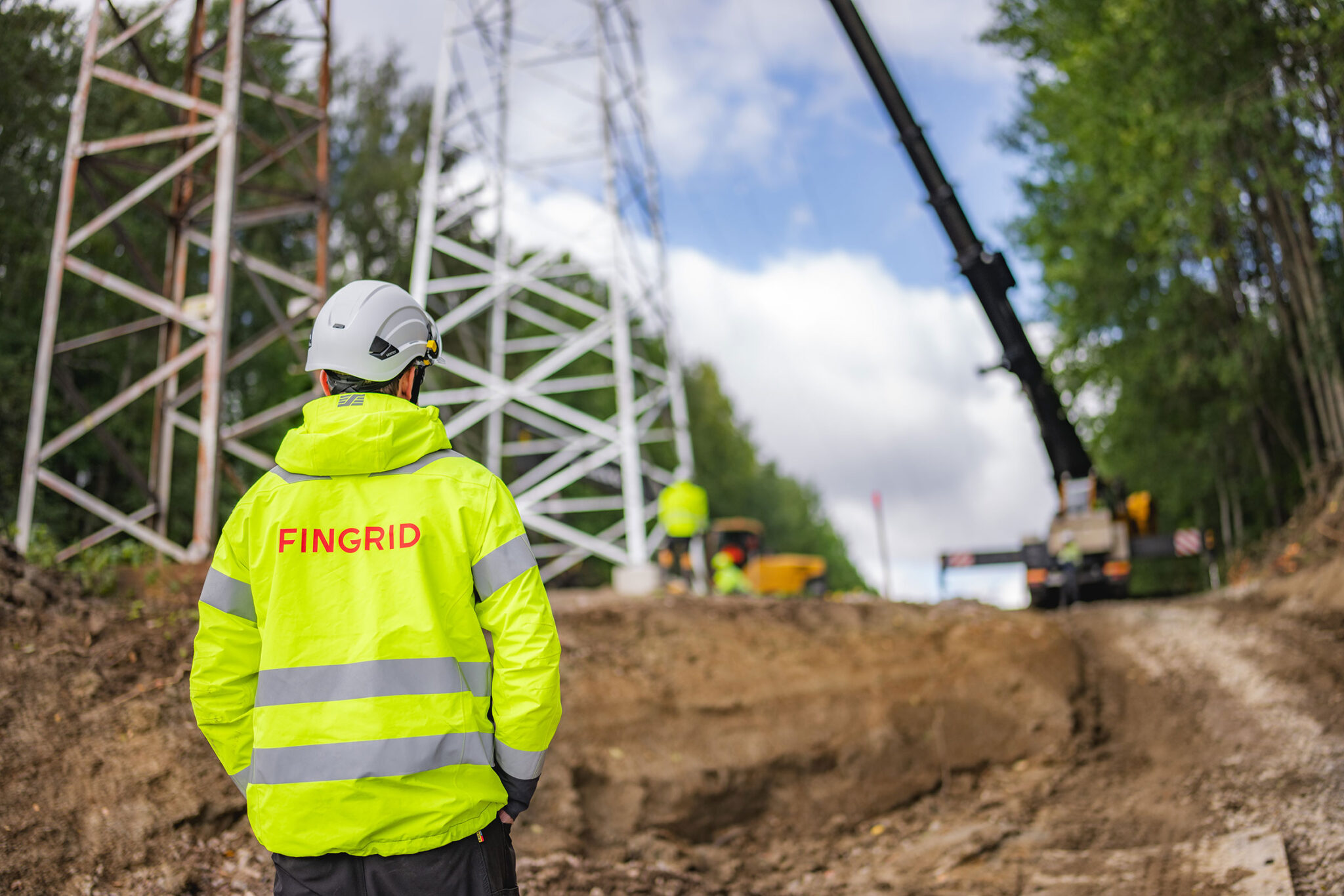1. What would be the harm of solar panels in a transmission line area?
Due to the inspection, maintenance and possible modifications of the power line, it must be possible to move around the transmission line clearing unhindered, also when using machinery. The cable trenches also contain underground earthing conductors, which must not be damaged. Additionally, electrically conductive structures placed too close can propagate the earthing voltages generated in the event of a power line fault.
Snow or ice that accumulates on the transmission line’s lightning conductors can also damage objects below when they fall.
2. Why do transmission lines need so much open land around them?
Around high-voltage power lines, various activities and structures, such as trees, have certain protection distances from the
power line. Placing a conductive device too close can pose a risk to the reliability of the transmission line and the electrical safety of the area.
3. Where can solar panels be placed around a transmission line?
Solar panels can be built outside the construction restriction zone defined for the transmission line and outside the transmission line’s danger zone. This is case- and site-specific information that should always be verified with the transmission line owner.
4. Can solar panels be installed near power lines in other parts of the world?
Different countries have different standards and guidelines on electrical safety, laws and regulations on reliability, voltages and structures of transmission lines, and the rights to use transmission line areas. For this reason, there may also be different practices for the placement of non-transmission line structures in the vicinity of the transmission line.
In Finland, Fingrid has acquired the right to use the transmission line area for the transmission line. On this basis, as the owner of the transmission line, we can keep the lines on the site and impose restrictions on other uses of the site.
The entire transmission line clearing is a construction restriction area, as defined in the redemption document. However, transmission line rights-of-way do not need to be wasteland – they can be put to many good uses.
More information of using transmission line rights-of-way.







